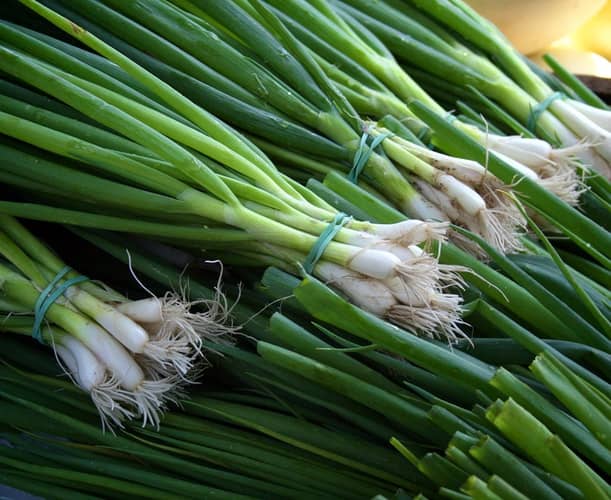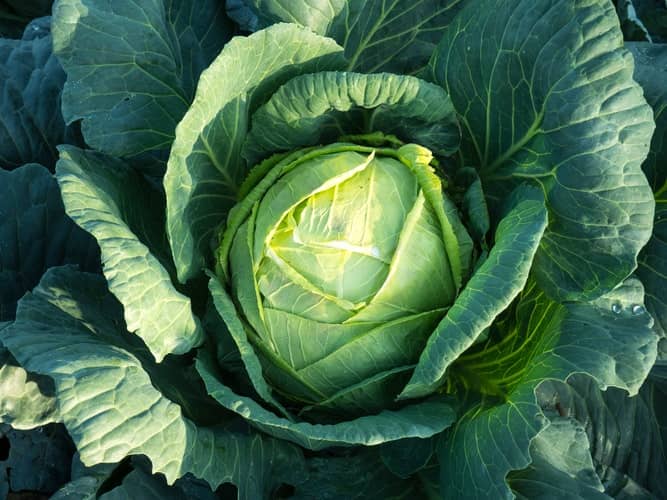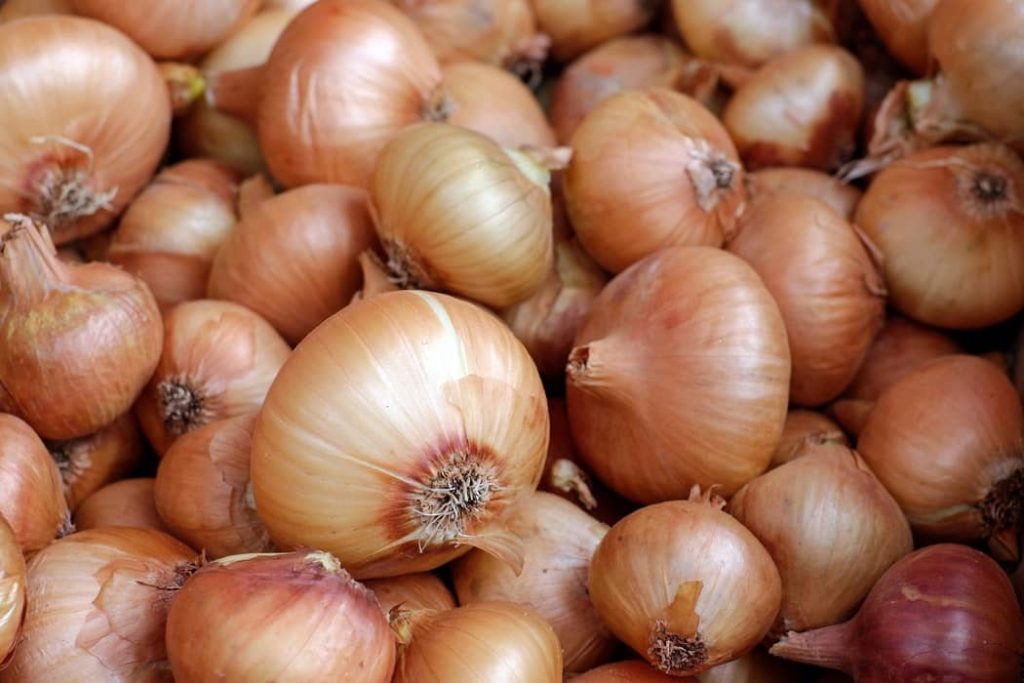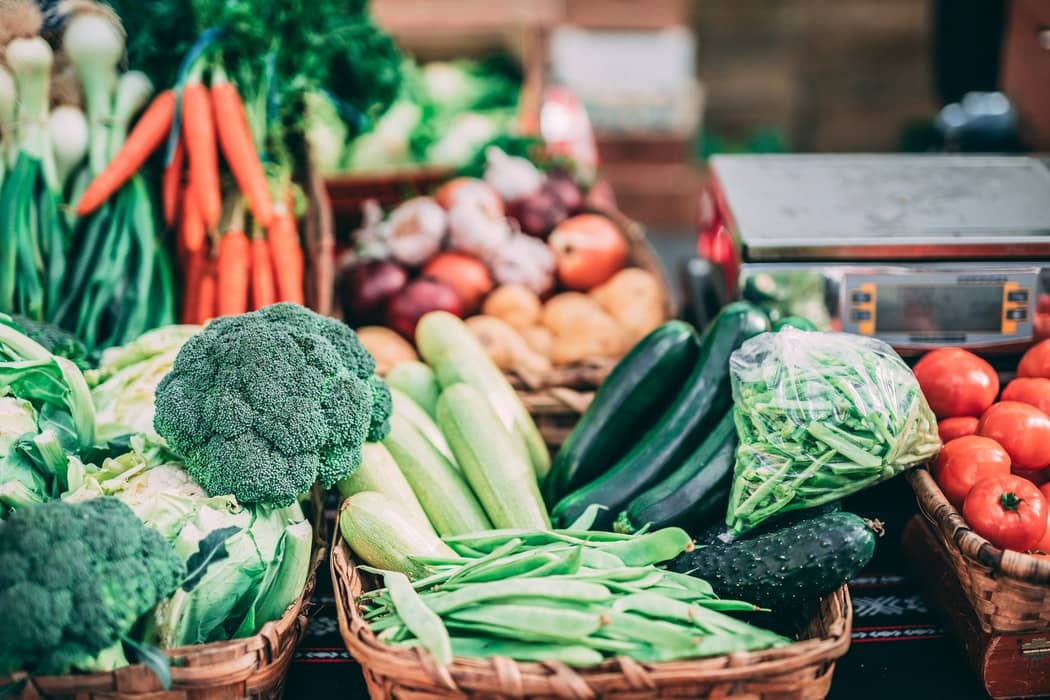Introduction
Learning to regrow vegetables from scraps in your kitchen is a brilliant way to reduce your food waste. In 2021, we’re worrying more and more about our impact on the environment. Learning to grow some of your own food is one way of doing your part. However, not everyone has the time and space for a whole vegetable patch. Regrowing vegetables from scraps is the perfect solution to this.
This article will give you advice on how to get started with regrowing vegetables. First, I’ll tell you about some of the benefits of regrowing vegetables. Next, I list all of the different vegetables that are ideal for regrowing from scraps. Finally, I’ll give you some tips for how to regrow vegetables. Read on to get started!
Why You Should Regrow Vegetables
There are several reasons why you should regrow vegetables from scraps of food created when you’re cooking.
Regrow Vegetables To Reduce Food Waste
First, regrowing vegetables in your kitchen is a great way to cut down how much food you’re throwing away. We’re all guilty of throwing away lots of scraps and bits of vegetables when they could be used for something else.
Food waste in the U.S., 30-40% of food supply ends up as food waste. Regrowing vegetables from scraps is one way to cut down your contribution to this.
Save Money By Regrowing Vegetables
It’s also a great way to save some dollars. Regrowing a vegetable means you can pay for it once, but get more than one use out of it. This could help out if you struggle to afford fresh vegetables all the time, or if you just want to save a bit.
It’s Easy And Fun!
Regrowing vegetables from scraps is very easy and fun for all ages. It requires little equipment or special agriculture skills. You don’t need much space. You can usually see results quickly, and you get something delicious at the end. It’s also a great little gardening project for children!
Which Vegetables Can You Regrow?
There are so many vegetables you can regrow. You can also regrow a lot of different fruits, but I’m focusing on vegetables here. The following are all ideal for regrowing in the kitchen:
- Scallions
- Leeks
- Celery
- Cabbage
- Lettuce
- Bok choy
- Onions
There are plenty of others too, however, these are the most simple.
You can also regrow herbs and spices like cilantro, basil, mint, and ginger. Fungi like mushrooms are also very easy to regrow. Read on to learn a bit about how to regrow the vegetables mentioned.
How To Regrow Vegetables From Scraps
Different vegetables need to be regrown in different ways. Some require a bit more work and equipment than others.
Scallions And Leeks
To regrow vegetables like scallions and leeks, you just need a glass of water. Use the vegetable as normal, keeping the root end and a bit of the stem. Place this into a glass of water without fully submerging it. Change the water each day. In around 2 days, a bit of growth should start appearing.
To use the vegetable when it’s grown, cut off what you need and keep the root in the water. These vegetables will keep growing for many months if you look after them!

Celery, Cabbage, Lettuce And Bok Choy
You can also begin to regrow vegetables like celery, cabbage, lettuce and bok choy in water. You need a slightly deeper bowl. Follow the same method as for scallions and leeks, putting the root in water but not fully submerging the stem. Spray the growth with water a couple of times a week. Replace the bowl of water every couple of days. It will take about a week to sprout new leaves. Once sprouting, transfer into a pot with some soil or compost to let the vegetable grow fully.
These vegetables take about 4 or 5 months to grow. You can use them when they’re fully grown.

Onions
Onions can be regrown by placing the root into a small pot of soil. Cover the root with the soil. Keep watering it when you notice the soil gets dry. The onion will begin to grow in about a week. Take the new onions and replant them into a bigger pot or your vegetable garden if you have one.
Onions also take about 5 months to fully grow.

Conclusion
So, you should be ready to start regrowing your own vegetables from scraps! It’s very simple and requires little gardening knowledge or experience. Some vegetables take longer than others to regrow, so if you want quick results, start off with scallions and leeks.






